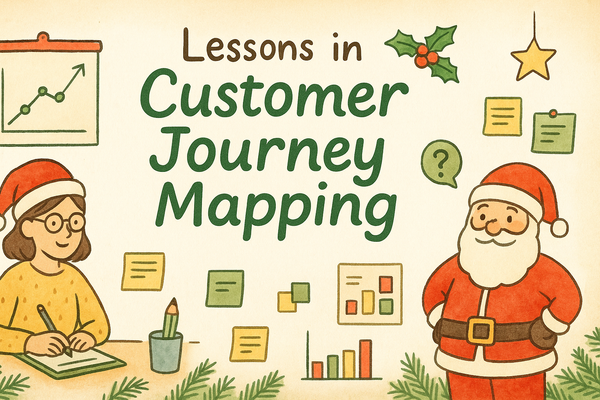Turn Messy Thinking into Clear Wins, like a Jedi Mind Trick
MECE is the secret weapon consultants use to turn messy, conflicting data into clarity. With simple, structured buckets, you’ll eliminate confusion, surface insights, and deliver solutions that help clients see the path forward.

The Moment Every Consultant Knows
Every consultant has faced this moment: your client throws in one more data dump, and suddenly your beautiful project plan looks like the aftermath of a toddler’s birthday party. There’s cake everywhere, someone crying, and no clear idea what just happened.
This is where MECE comes in.
Mutually Exclusive. Collectively Exhaustive.
Or, as ConsultantMind calls it: bucketing.
I know it doesn’t sound sexy. It sounds as exciting as sorting socks when some of them are missing in some fourth dimension between your washing basket and the clothesline. But when done well, your clients will think you’ve carried out some sort of Jedi mind trick.
I don’t remember ever being taught this, or even consciously learning it, but I’ve realised I use MECE every single day as a consultant. It’s one of those frameworks that quietly creeps into your toolkit, and once you get it, you never let it go. It shows up in scheduling, process mapping, methodology design, root cause analysis, prioritisation, stakeholder grouping, and more. Here is what it's all about.
Why Bucketing Is a Consultant’s Hidden Superpower
Consulting is all about making problems solvable.
Clients don’t just pay for your brainpower. They pay for your ability to take a tangled mess of inputs, politics, emotions, and half-baked ideas and turn it into something clear, logical, and actionable.
MECE, or bucketing, is how you do that. It’s a mental filing cabinet that ensures:
- No overlaps: each idea lives in one bucket only
- No gaps: all possibilities are covered
The Kitchen Drawer Test
Everyone has that third kitchen drawer full of… well, everything…..dont they 😊 ?
It’s full of:
- Old receipts
- Spare batteries (maybe dead, maybe not)
- Random rubber bands
- An Allen key from IKEA
- Menus for restaurants that closed in 2019
- And maybe that missing sock you’ve been hunting for three months
Now imagine your client’s problem is that drawer, and you’ve been asked to find a needle buried somewhere at the bottom, in the dark, after running a marathon at sprint pace.
That’s consulting right?
MECE is how you sort the junk into order and find what matters. It’s how you give every item one perfect home so nothing is left rattling around. If you can’t find a place for something, that’s your clue that it either doesn’t belong or your analysis isn’t complete.
How Bucketing Shows Up in Real Consulting
Bucketing isn’t theoretical. It’s woven into your work every day:
By Time:
Group deliverables into project phases.
Example: Phase 1: Diagnose. Phase 2: Build. Phase 3: Scale.
I have found that Phase MECE (conscious or not) instantly reduces client anxiety because they can see where they are now and what’s coming next.
By Function:
Use swim lanes in process maps to make ownership crystal clear. This not only drives accountability and prevents finger-pointing when deadlines slip, but also transforms process chaos into structured conversations. I’ve found it often brings a level of clarity the client has never experienced before.
By Root Cause:
Take 30 messy interview insights and organise them into clear, logical buckets of themes. Suddenly, your client has that “Ah, now I see it” moment. For even greater impact, combine MECE with a Fishbone Diagram to visually show how root causes connect to the problem.
By Priority:
When everything feels urgent, group actions into four impact/effort buckets:
- Low impact / high effort
- High impact / high effort
- Low impact / low effort
- High impact / low effort





